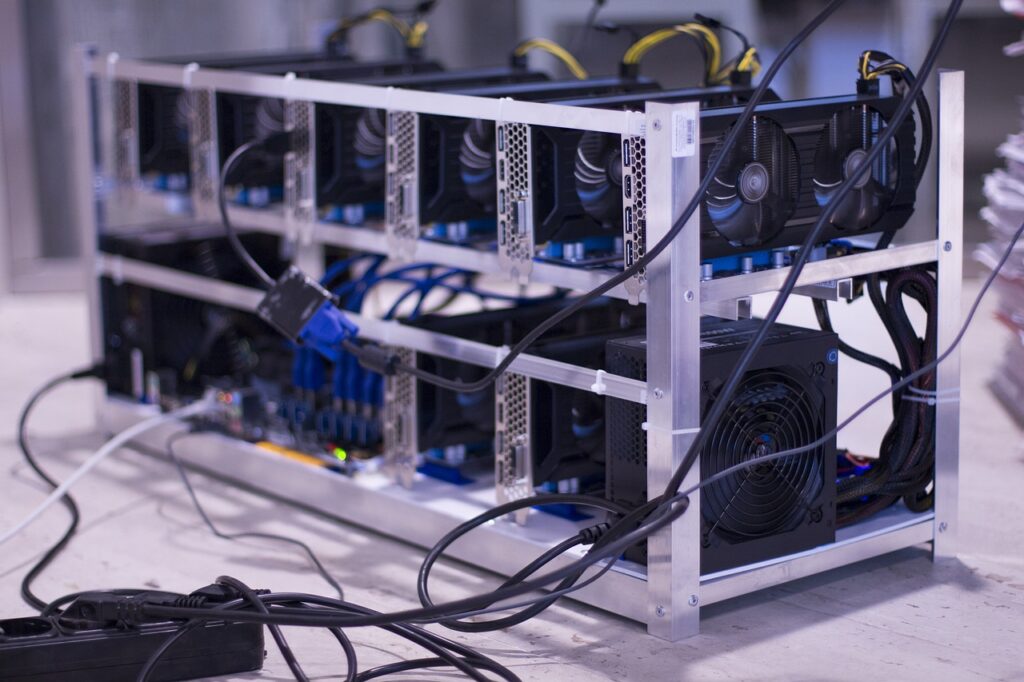Bitcoin Network Fees Dropped 90% – Miners Will Likely Keep Selling
03.07.2024 6:00 1 min. read Alexander Stefanov
A recent report by Kaiko Research revealed that Bitcoin miners are likely to continue selling their assets due to reduced rewards and plummeting network fees.
After the halving of Bitcoin in April, network fees dropped by 90%, from $45 in January 2024 to between $3 and $5.
In addition, the halving event also saw the rewards of each block decrease from 6.25 BTC to 3.125 BTC, while mining costs increased.
The price of Bitcoin remained relatively flat, which provided some financial relief for miners.
In response, Marathon Digital sold 390 BTC in May and plans further sales. This could cause Bitcoin’s price to drop if more miners join them. Some miners are diversifying their activities, such as mine other cryptocurrencies as Kaspa (KAS).
Financial pressures lead to industry consolidation as seen by the attempt of Riot Blockchain to acquire Bitfarms Ltd. and the acquisitionof Grid Infrastructure Inc. by CleanSpark Inc. for $155 million.
As miners adapt to these challenges, we may see more strategic mergers and acquisitions aimed at maintaining profitability in the sector.
-
1
Esports Giant Moves Into Bitcoin Mining
05.07.2025 13:00 2 min. read -
2
Elon Musk Unveils His Own ‘America Party,’ Signals Pro-Bitcoin Political Shift
07.07.2025 11:40 2 min. read -
3
Bitcoin Blasts Past $121,000 as Institutions Fuel Rally—Will Altcoins Follow?
14.07.2025 8:15 2 min. read -
4
Bitcoin: What to Expect After Hitting a New All-time High
10.07.2025 14:00 2 min. read -
5
Peter Brandt Issues Cautious Bitcoin Warning Despite Bullish Positioning
10.07.2025 20:00 2 min. read
Global Money Flow Rising: Bitcoin Price Mirrors Every Move
Bitcoin is once again mirroring global liquidity trends—and that could have major implications in the days ahead.
What is The Market Mood Right Now? A Look at Crypto Sentiment And Signals
The crypto market is showing signs of cautious optimism. While prices remain elevated, sentiment indicators and trading activity suggest investors are stepping back to reassess risks rather than diving in further.
What Price Bitcoin Could Reach If ETF Demand Grows, According to Citi
Citigroup analysts say the key to Bitcoin’s future isn’t mining cycles or halving math—it’s ETF inflows.
Is Bitcoin’s Summer Slowdown a Buying Opportunity?
Bitcoin may be entering a typical summer correction phase, according to a July 25 report by crypto financial services firm Matrixport.
-
1
Esports Giant Moves Into Bitcoin Mining
05.07.2025 13:00 2 min. read -
2
Elon Musk Unveils His Own ‘America Party,’ Signals Pro-Bitcoin Political Shift
07.07.2025 11:40 2 min. read -
3
Bitcoin Blasts Past $121,000 as Institutions Fuel Rally—Will Altcoins Follow?
14.07.2025 8:15 2 min. read -
4
Bitcoin: What to Expect After Hitting a New All-time High
10.07.2025 14:00 2 min. read -
5
Peter Brandt Issues Cautious Bitcoin Warning Despite Bullish Positioning
10.07.2025 20:00 2 min. read

